Teach kids to pay attention to the world around them with a Living and Nonliving Garden Walk. Free printable to guide their discovery.
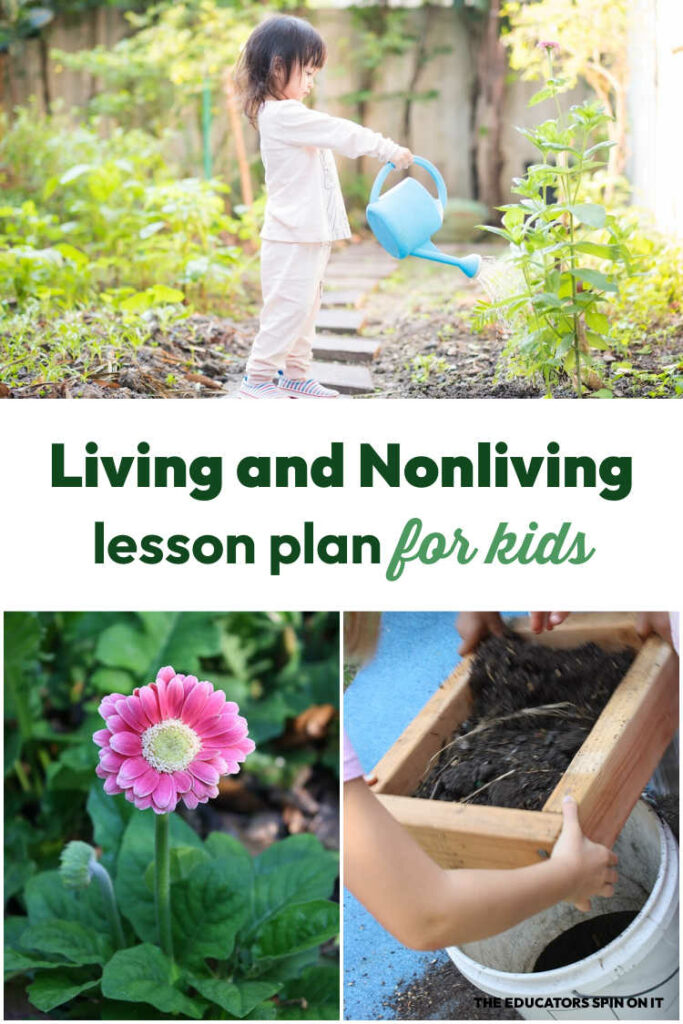
How do you know if something is alive? For adults, it’s an easy question. Your children may not easily identify. Teach them how to decide if something is with a Living and Nonliving Garden Walk
How to Organize a Living and Nonliving Garden Walk
Not only do I get to garden in my backyard, but I also volunteer one afternoon a week in my daughters’ school garden. Each week, I teach small groups of 5 kindergartners a different gardening topic and connect it to their curriculum.
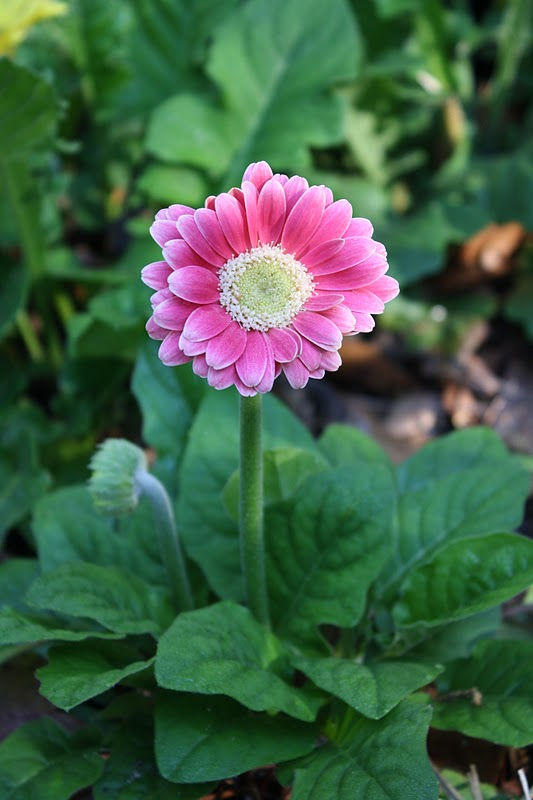
We started out with a living and non-living walk of the garden area, where we talked about what makes something living or nonliving, named each item, and identified if it was living or non-living.
The students used a checklist to mark whether it moved, could grow and change, and needed air, food and water.
If you go on a garden walk with your children, here is a FREE printable activity to do with a clipboard in the garden or when you are back inside.
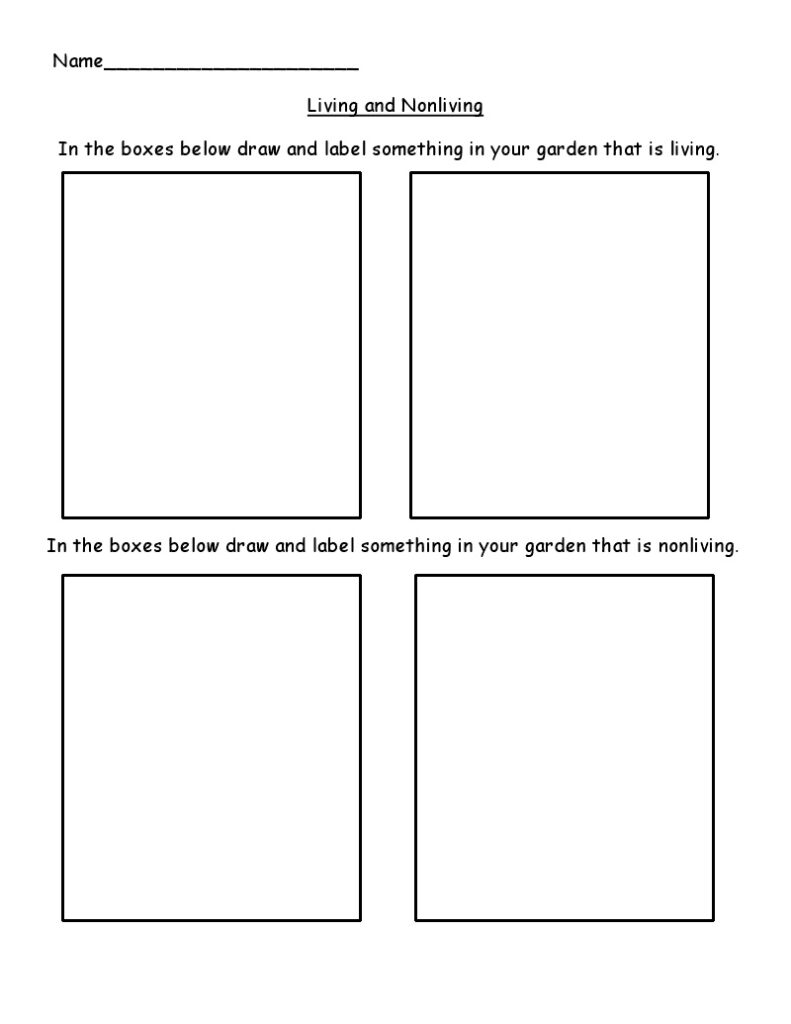
The following week, I introduced them to the routines of caring for the living things in the garden area.
This week, we prepared their garden beds for the fall planting. Part of their curriculum is composting and every day the students sort the items from their lunches into the compost, recycling, or garbage.
Parent volunteers help mix the compost with the children once a week and we are able to get a great soil amendment very quickly.
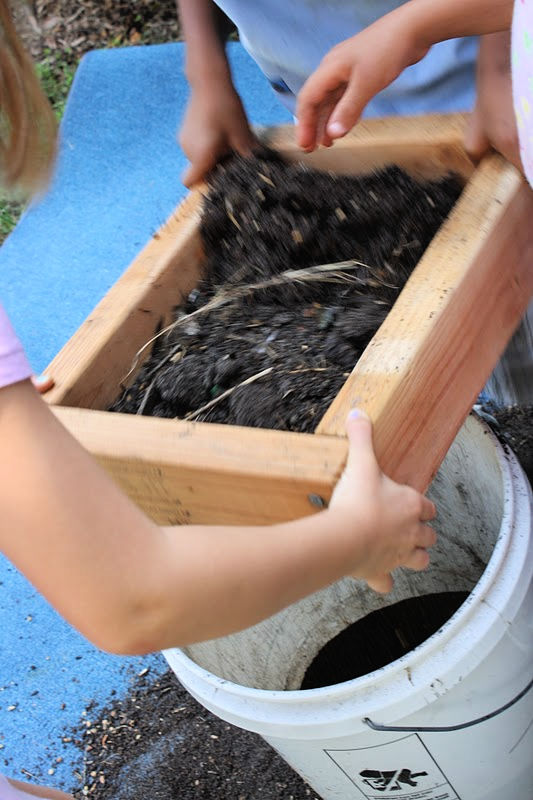
We discussed how plants use the nutrients in the soil and the importance of continuing to add “the good stuff” back to the soil. The students worked in teams to sift the compost and had a blast.
This activity really helped students see the connection between what they are doing with the lunch leftovers and how it benefits the plants.
You may also enjoy these gardening activities with your child…
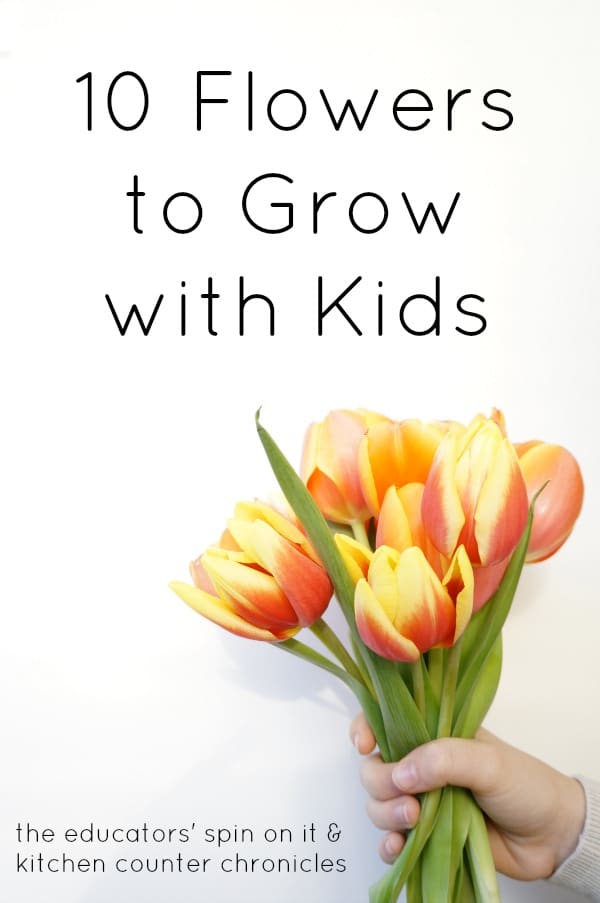
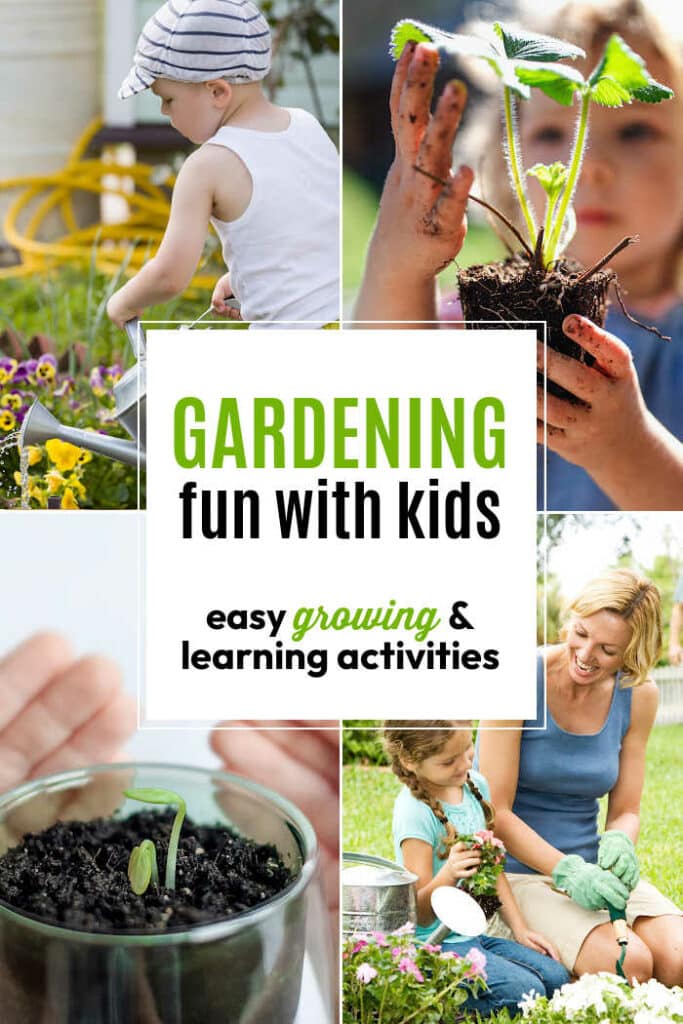
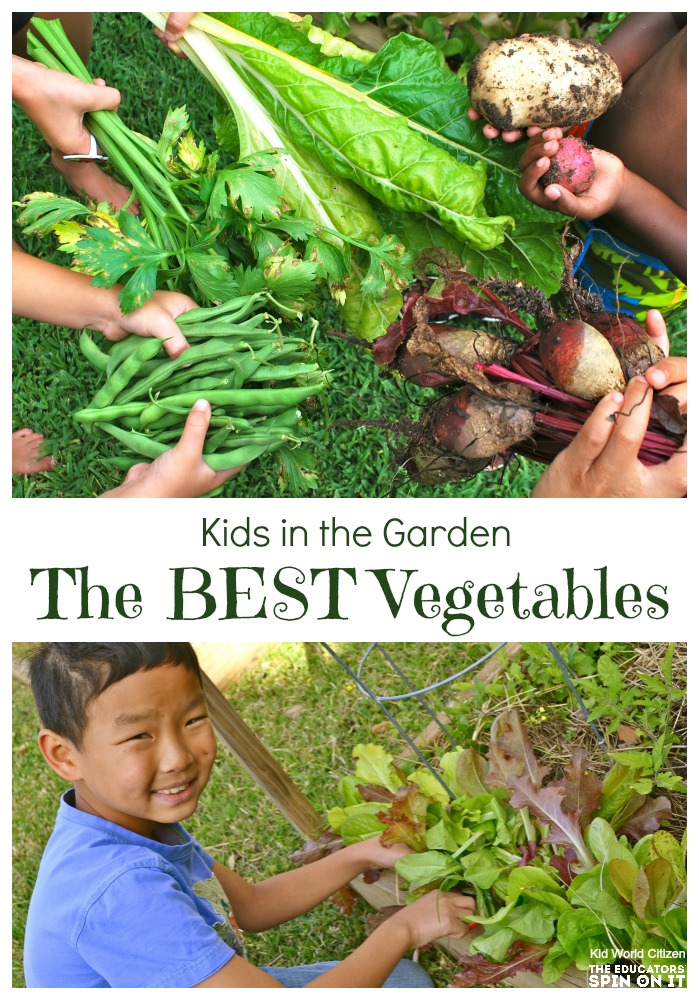


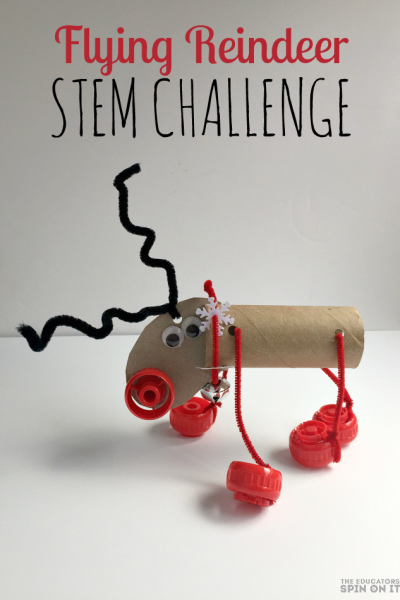
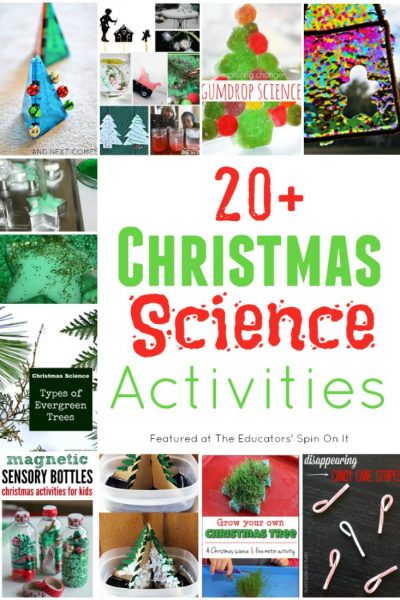


This is really neat that you have this activity in your daughter's school. Ironically we just discussed living vs. non-living the other day. Anna was spot on on identifying what's living but not so clear on what really differentiates living from non-living, so she enjoyed answering my guiding questions.